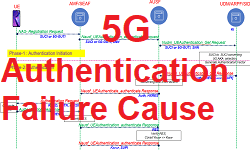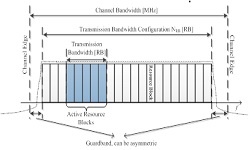Massive MIMO
In a wireless network, two wireless nodes communicate by transmitting and receiving data on a radio channel. This channel uses a certain amount of wireless spectrum – and in many areas, suitable spectrum is scarce, making using more of it impractical.
So, how can a wireless network multiply its capacity without multiplying the spectrum it uses?
Multiple-input multiple-output, or MIMO, is a range of technologies used to multiply the capacity of a wireless connection without requiring more spectrum. Many modern wireless technologies, from WiFi to LTE, use MIMO techniques to achieve more capacity without more spectrum.
More advanced MIMO techniques use multiple antennas to transmit and receive data. Systems incorporating a high number of antennas such as this are known as Massive MIMO systems. There is currently no set definition of how many antennas a system must have to be considered Massive MIMO, but a system with greater than 8×8 antennas is generally considered a Massive MIMO system. The 8×8 figure refers to 8 transmit and 8 receive antennas.
Massive MIMO systems, although very difficult to practically implement, offer significant advantages over non-Massive MIMO systems. By building upon MIMO principles, they allow network capacity to be significantly multiplied without requiring more wireless spectrum.
With massive MIMO, we think of systems that use antenna arrays with a few hundred antennas simultaneously serving many tens of terminals in the same time-frequency resource. The basic premise behind massive MIMO is to reap all the benefits of conventional MIMO, but on a much greater scale. Overall, massive MIMO is an enabler for the development of future broadband (fixed and mobile) networks, which will be energy-efficient, secure, and robust, and will use the spectrum efficiently. As such, it is an enabler for the future digital society infrastructure that will connect the Internet of people and Internet of Things with clouds and other network infrastructure.
Massive MIMO benefits
There are many advantages to using large MIMO technology. Using more antennas in a MIMO system creates more degrees of freedom in the spatial domain and therefore this enables greater improvement in performance to be achieved:
- Increasing capacity: The increase in the number of antennas allows for a greater cell capacity from the aggressive spacial multiplexing used.
- Increasing Data rate:Because of more antennas, the more independent data streams can be sent out and hence a much greater level of data to be transferred within a given time.
- Increasing basic link signal to noise ratio: One of the basic advantages of the use of MIMO systems is that it can be used to improve the signal to noise ratio of the overall system.
- Inexpensive and low power PAs: With massive MIMO, expensive and high power (50W) power amplifiers used in conventional systems replaced by hundreds of low cost amplifiers with power in milli-watt range. Massive MIMO reduces the constraints on linearity and accuracy of individual amplifier and RF chain.
- Improved energy efficiency and less interference:With massive MIMO, base stations can focus its emitted energy into the spatial directions where it knows that terminals are located. And the base stations can purposely avoid transmitting into directions where spreading interference would be harmful, thus it reduces interference to other systems. Massive MIMO reduces the constraints on linearity and accuracy of individual amplifier and RF chain.




